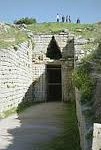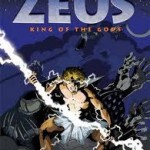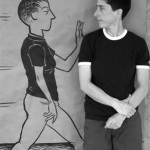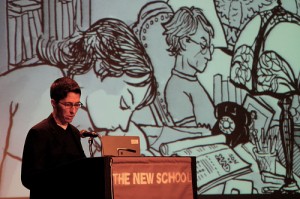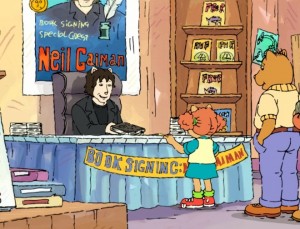I found the descriptions of Will and Nat in both the blog and the comment to be deeply perceptive, particularly Kay’s military leader analogies. I see Ian’s summary of Will’s exit as Frank Miller-esque as a juducuous incorporation of two dramatically different topics within the graphic novel genre, showing us how nonfiction and fiction collude and collide to make text and illustration the tantalizing connections with which students can readily engage.
 While compelling, these portraits are, as is all literature, only a slice of the whole we continually try to make of anecdote and information. To understand the spark behind the true story of the Rebellion, we need to include those aspects of real life that are alien to us today: the actual social, political, physical, and economic status of slaves in 19th century America. The illustration posted here is from Life on the Mississippi by Mark Twain published in 1883 from the online North Carolina History Project in Chapel Hill (13). In it, we see what looks like a friendly enough scene. The fellow in the foreground is comfortably expressing himself with one hand, and, with the other, he lays a proprietary yet amicable hand on the left shoulder of the slave he is about to sell. The three comfortable-looking while men in the picture have appropriately fitting, probably clean clothing, good boots, and hats to protect them from the hot sun in the south. The slave is wearing overalls that are too short, a long-johns shirt, no hat, and heavy shoes. The two men in the background are probably the potential buyers for the slave and want to be convinced of his merits. The conversation probably includes humiliating details like how many hours he can be worked without food or rest, how he has either never run away, or preferably how he did so once, and after a severe beating, has been compliant ever since, and the most devastating weapon to hold over the slave’s head, his family either lives with him or nearby and the loss of which can be held over him to force him to remain in his position.
While compelling, these portraits are, as is all literature, only a slice of the whole we continually try to make of anecdote and information. To understand the spark behind the true story of the Rebellion, we need to include those aspects of real life that are alien to us today: the actual social, political, physical, and economic status of slaves in 19th century America. The illustration posted here is from Life on the Mississippi by Mark Twain published in 1883 from the online North Carolina History Project in Chapel Hill (13). In it, we see what looks like a friendly enough scene. The fellow in the foreground is comfortably expressing himself with one hand, and, with the other, he lays a proprietary yet amicable hand on the left shoulder of the slave he is about to sell. The three comfortable-looking while men in the picture have appropriately fitting, probably clean clothing, good boots, and hats to protect them from the hot sun in the south. The slave is wearing overalls that are too short, a long-johns shirt, no hat, and heavy shoes. The two men in the background are probably the potential buyers for the slave and want to be convinced of his merits. The conversation probably includes humiliating details like how many hours he can be worked without food or rest, how he has either never run away, or preferably how he did so once, and after a severe beating, has been compliant ever since, and the most devastating weapon to hold over the slave’s head, his family either lives with him or nearby and the loss of which can be held over him to force him to remain in his position.
After taking the emotional resources into context I think I can agree with the characterization that Nat was more of an organizer than Will, and that Will’s strength became his greatest weapon in participating in the Rebellion. They were both using their survival skills to take the best advantage of the situation in which they found themselves.



